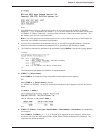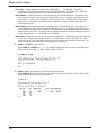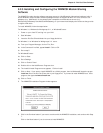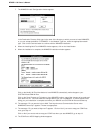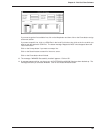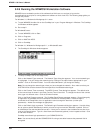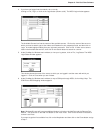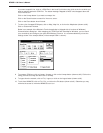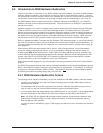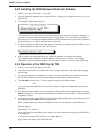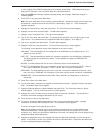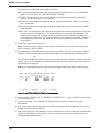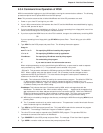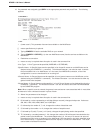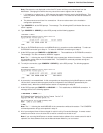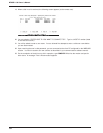
Chapter 9 - Dial Out Client Software
185
9.3 Introduction to WSN Hardware Redirection
Section 9.3 provides: an explanation of our WSN hardware redirection software, a summary of WSN hardware
redirector software installation, and procedures to connect a client PC to the MultiRouter modem. The client
PC communications server connection allows you to establish dial-in or dial-out communications sessions with
“off-the-shelf” communications software, just as though a modem were connected directly to your client PC.
Our WSN hardware director software works with our hardware redirector card (RD301PC). Our RD301PC
hardware redirector card must be purchased separately. More information on our RD301PC is presented at
the end of this section.
Hardware redirection is a means of allowing communications software that only operates through COM ports
(COM1 to COM4) to connect over a LAN to the MultiRouter modem. A hardware redirector is a card that
appears to the communications software as a standard COM port. However, it does not transfer the data from
the communications software directly to the modem as a standard COM port would. The hardware redirector
has additional circuitry and special software, called WSN (Workstation Services Interface). WSN “redirects”
the data to the client PC’s NIC (network interface card) and out over the LAN to the MultiRouter modem.
WSN is a loadable/unloadable Terminate and Stay Resident (TSR) software program. It can be left resident in
the client PC’s memory for faster connections between the communications software and the MultiRouter. Or
it can be unloaded from memory after the completion of a communications session, freeing memory space for
other programs.
When resident, WSN uses approximately 35K of memory. With some applications, it may be desirable to
unload the resident program to free memory. It can be unloaded by changing to the directory where it is
located, typing WSN -U and pressing Enter. If other TSR’s have been loaded they must be unloaded in the
reverse order that they were loaded, before WSN can be unloaded. WSN can also be started from the DOS
prompt, if the client PC’s AUTOEXEC.BAT PATH statement includes the directory where WSN is installed.
For more information on the PATH statement, refer to your DOS manual.
WSN is executed after logging on to the LAN and before executing a standard “off-the-shelf” communications
program.
Our RD301PC hardware redirector card must be purchased separately from the MultiComRNGateway product.
Refer to the RD301PC's owner's manual for more information on it's installation. The RD301PC is configured
to operate as a standard COM port, COM1 to COM4. They must NOT be set to the same COM port address
and IRQ as ports which are already being used in the client PC.
9.3.1 WSN Hardware Redirection Criteria
The following criteria should be met before you start the installation of the WSN hardware redirector software:
You have your MultiRouter User Name and Password assigned by the System Administrator when the
MultiRouter was installed.
The MultiRouter and the client PC are properly connected to a LAN with IPX capability and you have a
copy of a dial-in or dial-out communications software program such as MultiExpress.
You have written down the switch settings on the RD301PC used in your client PC. These settings define
the base I/O address for the COM Port, the IRQ for the COM port and the IRQ for the RD301PC.
Note: Your RD301PC was shipped with the following default settings: Communications Software using
COM 3, Base I/O Address 3E8h, and IRQ4. Redirector software, no COM Port designation required,
Base I/O Address 100h and IRQ7.
If you do not want to use WSN as a pop-up TSR program, see Section 9.3.4 for Command Line Operation
of WSN.



